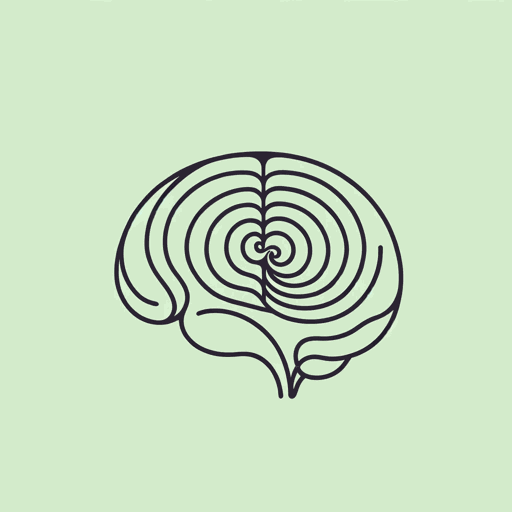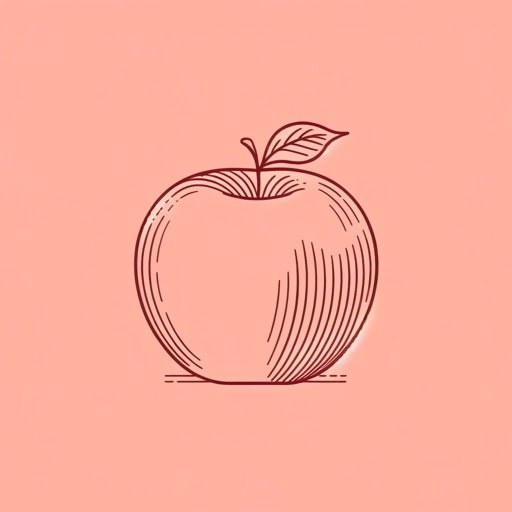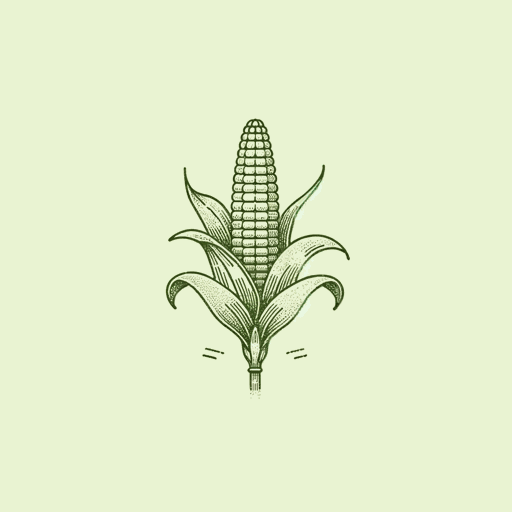50 pages • 1 hour read
Michael PollanThe Omnivore's Dilemma
Nonfiction | Book | Adult | Published in 2006A modern alternative to SparkNotes and CliffsNotes, SuperSummary offers high-quality Study Guides with detailed chapter summaries and analysis of major themes, characters, and more.
Part I, Introduction-Chapter 3Chapter Summaries & Analyses
Introduction Summary
Pollan opens with a simple question: “What should we have for dinner?” (1). Although this question appears straightforward, its answer presents a plethora of problems. Pollan argues that modern eaters have abandoned an indigenous knowledge and a harmonious cultural relationship with food, leading to a disordered and rollercoaster approach of fad diets and pseudoscientific trends. Pollan suggests that part of this trouble stems from the fact that humans can eat anything. Having a wide variety of foods available that the body can digest leads to a challenging predicament: making a decision.
To narrow this overwhelming choice, humans naturally begin to categorize foods as either good or bad. The supermarket has become a battleground of confusing labels, all meant to entice buyers who have become increasingly disconnected from their cultural connections to food. Pollan attempts to reestablish this connection by tracing the origins of food and its relationship with eaters. He focuses his attention on three food chains which influence human consumption. First, Pollan explores how the Industrial Revolution changed the way people eat, emphasizing abundance and convenience. Second, Pollan’s examination of the pastoral food chain details organic food and its many nuances. Third, Pollan looks at his own experience as a hunter-gatherer and attempts to reframe how humans think about eating.
Related Titles
By Michael Pollan

How to Change Your Mind: What the New Science of Psychedelics Teaches Us About Consciousness, Dying, Addiction, Depression, and Transcendence (2018)
Michael Pollan

In Defense of Food
Michael Pollan

The Botany of Desire: A Plant’s-Eye View of the World
Michael Pollan

This Is Your Mind on Plants
Michael Pollan

